Concerted efforts to protect China’s last River Terns proved successful - Major threats mitigated and population doubled
Kadoorie Farm and Botanic Garden (KFBG) led a five-month collaborative project to save the River Tern (Sterna aurantia), a species on the verge of extinction in China. Through conducting first population survey and implementing multiple measures to protect its last breeding ground in China, our concerted efforts successfully helped double the tiny population of this imperilled bird from seven to 13 individuals.
On the brink of regional extinction
River Tern was once widespread and common throughout major rivers of Southeast Asia and Indian subcontinent, but in recent decades it has been disappearing from many waterways.
IUCN Red List classified the species as Near Threatened, but this does not accurately reflect its conservation status in its Southeast Asian range. While India supports a healthy population of more than 50,000 individuals, this riverine species is heading towards extinction in Southeast Asia, with less than 100 individuals recorded in the mighty Mekong and Irrawaddy Rivers, respectively. It has likely completely disappeared from Thailand, Laos and Vietnam.
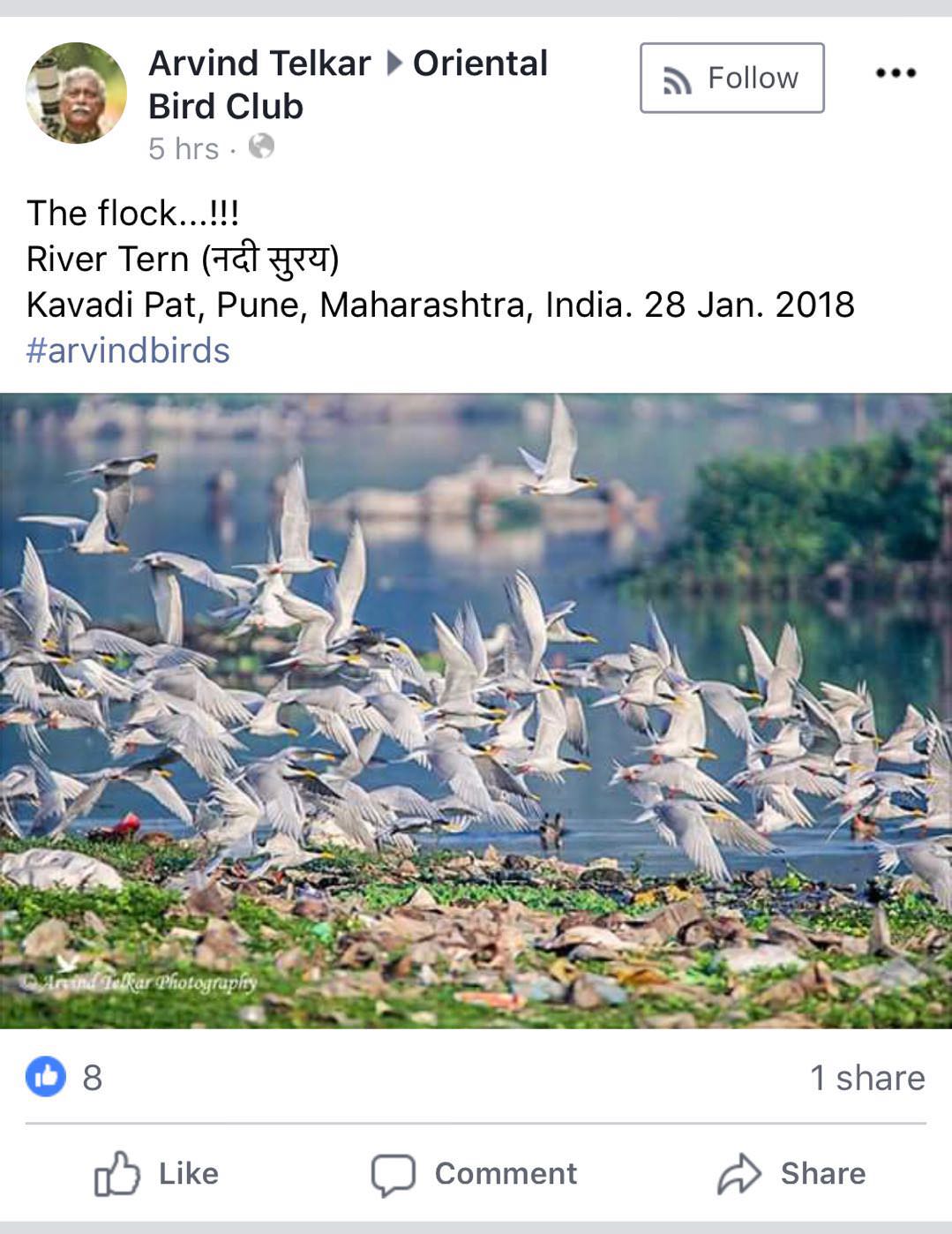
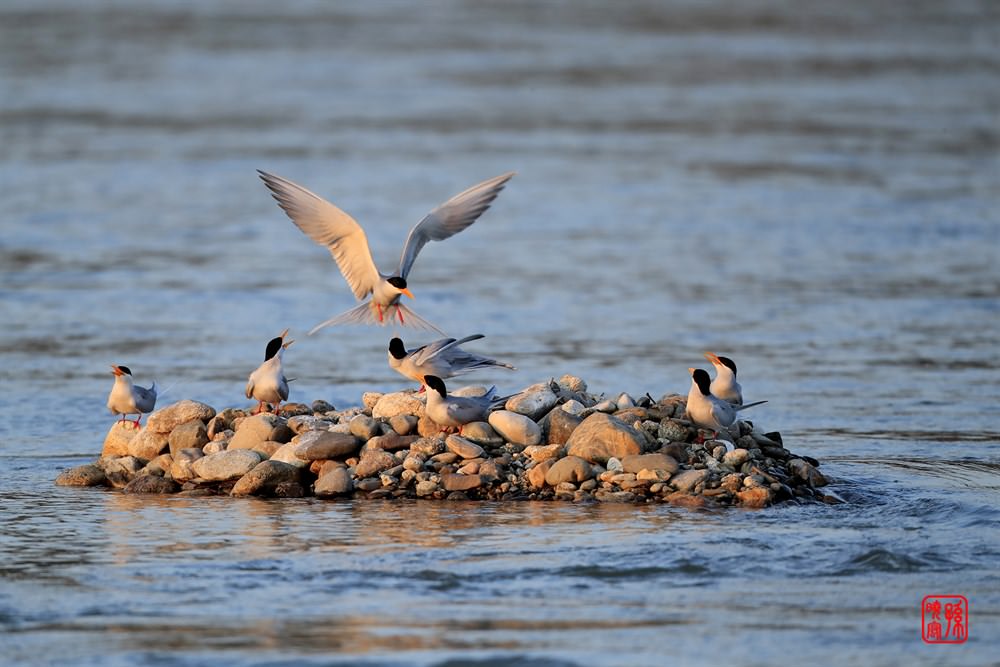
Left: India boosts a large and steady population of River Terns. Photo taken in 2018.
Right: China’s entire breeding population of River Tern was captured in one photo in 2017 (Photo: Sun Xiaohong)
In China, the River Tern was only known to breed along the Dayingjiang River of Yingjiang County, western Yunnan. The population is also experiencing a precipitous decline. In 2018, only five individuals were recorded, down from 13 in 2014.
Dr Bosco Chan, head of KFBG department Kadoorie Conservation China, says: “Although the River Tern is a Class II protected species in mainland China, it has slipped under the radar of conservationists, and is undergoing a silent extinction. That’s why we sounded the alarm and acted swiftly to save this iconic riverine species.”
China’s first River Tern survey
To come up with an effective conservation plan, KFBG, together with Yunnan Dehong Forestry and Grassland Bureau and other partners, launched the nation’s first River Tern population survey this March. The joint team simultaneously scoured potential habitats along the trunk and major tributaries of two rivers in western Yunnan, which drain into the Irrawaddy after leaving China.
The joint team recorded only seven individuals along Dayingjiang River of Yingjiang County, but was thrilled to identify three active nests, which provide a cause for hope.

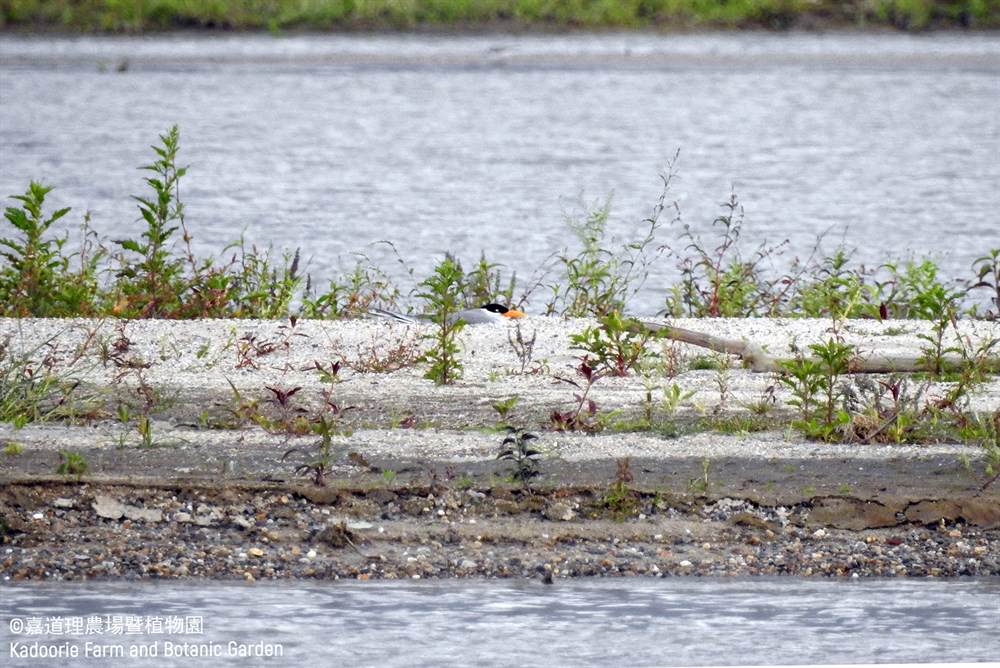
Left: Our joint team conducting China’s first River Tern survey.
Right: One of the three nests found by our survey team along Dayingjiang River in Yunnan Province.
A quest to protect the species’ last breeding site in China
The joint team implemented measures to mitigate a litany of threats that might devastate nesting attempts of the River Tern’s already critically endangered population in China.
Measure 1: Regulate water discharge by hydropower dam for the safety of nesting sites
- Water sporadically released by upstream hydropower dams causes a surge in water level and could flood the nests.
- Once staff at Yunnan Tongbiguan Provincial Nature Reserve got wind of a scheduled hydropower maintenance discharge in late March, they immediately contacted several relevant government departments and the hydropower company. After multiple negotiations, a safe discharge volume was agreed upon to protect the nests.
- The joint team also monitored the water level continuously using a water level metre to ensure the safety of the nests.
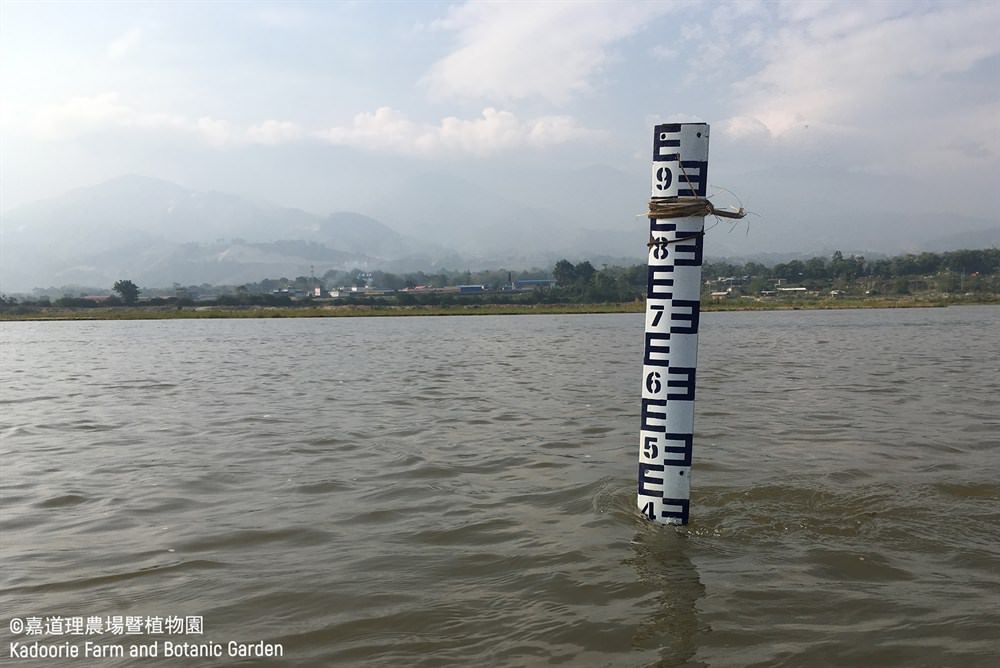

Left: A water level metre installed to monitor water level and ensure nest safety.
Right: The River Tern sports a black crown, a bright yellow bill and silvery grey wings.
Measure 2: Minimise human disturbances
- Illegal fishing activities were found around the nest sites during the fishing moratorium. This does not only disturb the River Terns’ breeding but also reduces food sources. This was reported to law enforcers and patrol effort was enhanced.
- Three community nest protectors were recruited from neighbouring villages to prevent human activities around the nests and monitor bird behaviour.
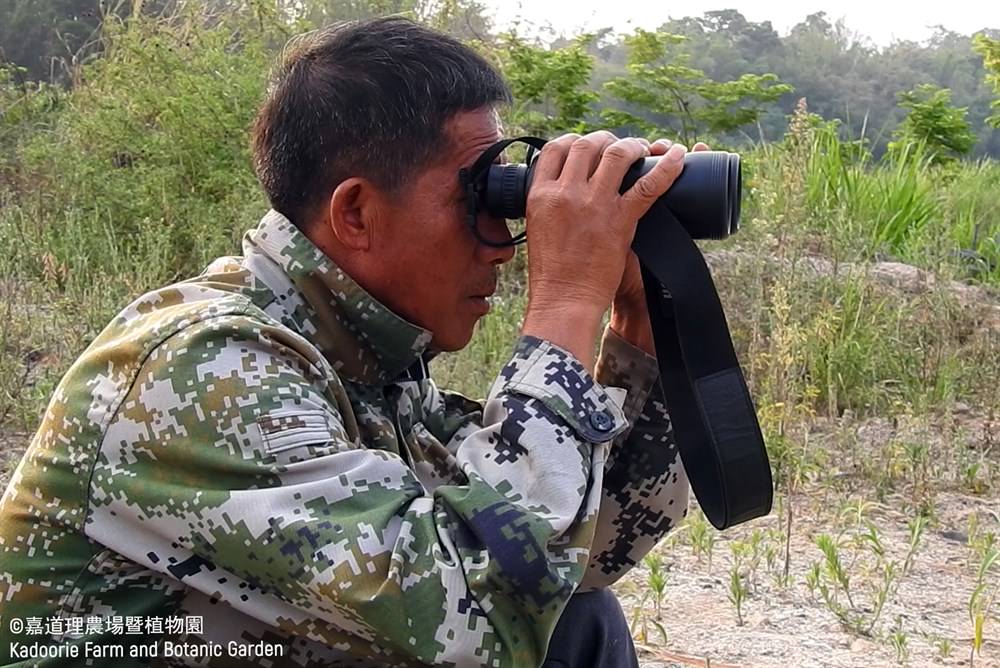
One of our community nest protectors, Mr Yue, monitoring River Terns.
Measure 3: Minimise disturbances from livestock and wild animals
- One of the nests, located on a sandbar connected to the river bank, is susceptible to predation by feral dogs and rodents, and grazing buffaloes might unwittingly crush well-camouflaged eggs or chicks.
- We adopted a well-researched Cambodian approach to fence off nests once they are discovered. To minimise disturbance to the parent birds during installation, we built the fence as swiftly as possible with a large team.
- We mobilised leaders from neighbouring communities to cut off access to the sandbar to ensure the birds breed in peace.

Our team race against time to fence off the nest to keep predators at bay and increase breeding success.
Measure 4: Enhance conservation awareness
- To raise awareness about conservation of River Terns, we installed billboards near nest sites, distributed leaflets in surrounding villages, and hosted educational fun fairs.
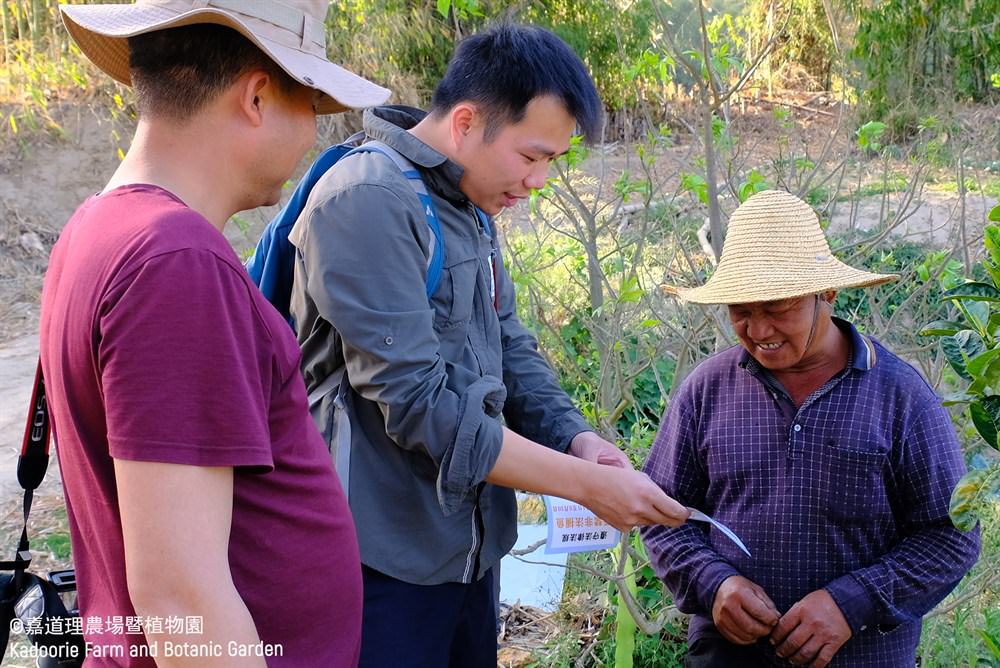
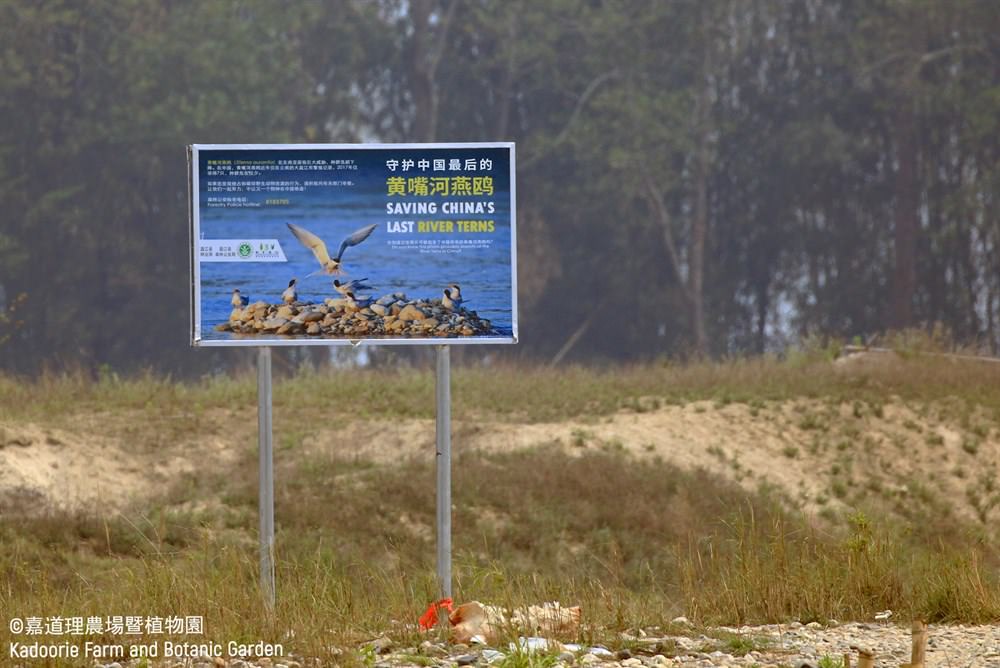
Left: Our team distributing leaflets in neighbouring villages to raise awareness of River Tern conservation.
Right: Billboard erected near River Tern nesting site to raise awareness.

Students learn about the ecology and conservation of waterbirds of their home, including the River Terns, at a school fun fair organised by KFBG.

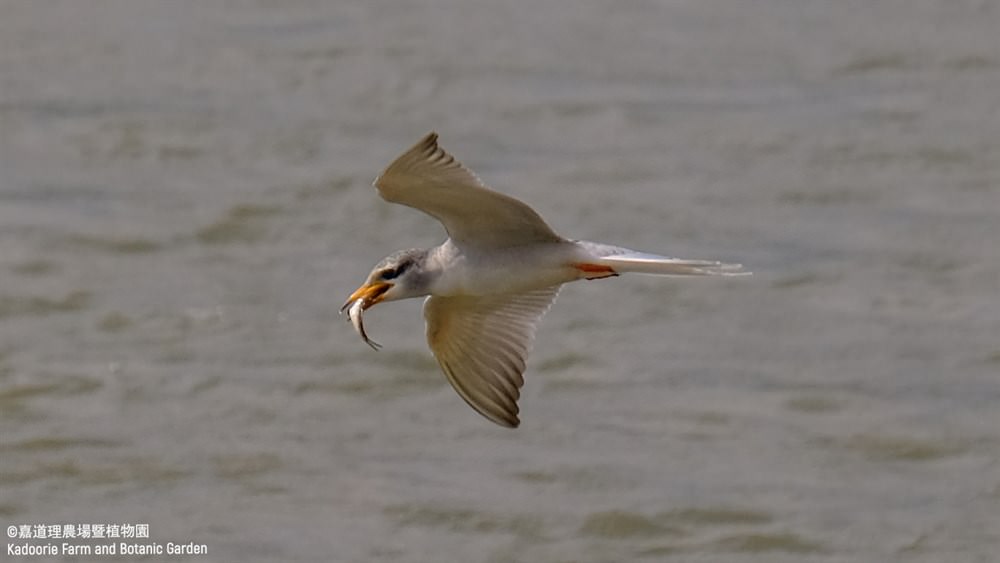
Immature River Terns born in China’s Yingjiang this year.
A conservation success story
After months of hard work, six juvenile birds born this year have already fledged. They are flying very well with their long angular wings, and are learning to hunt for fish from their parents.
We are pleased that the project received ample support from the local governments, birdwatchers, and local communities. The Oriental Bird Club partly sponsored our effort. Our conservation work does not stop here. We will continue strive to secure a better future for River Terns by promoting it as a flagship species for the river ecosystem.

